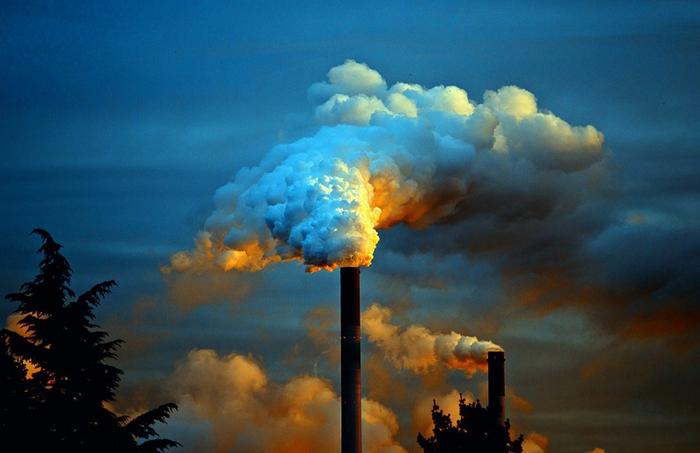An international team of scientists led by Dr Luis Guanter, UPV professor and head of the LARS Group of the Institute of Water and Environmental Engineering of the Universitat Politècnica de València (IIAMA-UPV), has documented the largest methane leak ever recorded in an oil well. The well is located in the Karaturun East field (Kazajistán)

Credit: UPV
An international team of scientists led by Dr Luis Guanter, UPV professor and head of the LARS Group of the Institute of Water and Environmental Engineering of the Universitat Politècnica de València (IIAMA-UPV), has documented the largest methane leak ever recorded in an oil well. The well is located in the Karaturun East field (Kazajistán)
The study, published in Environmental Science & Technology Letters and selected by Nature as a Research Highlight, quantifies and tracks the evolution of this massive methane emission, thanks to the potential of combining satellite data from several missions such as TROPOMI, GHGSat, PRISMA, EnMAP and EMIT, together with Sentinel-2 and Landsat multispectral radiometer.
The research led by the LARS group (IIAMA-UPV) indicates that this accident, which caused a 10-metre-high fire and the formation of a 15-metre-wide crater, has significantly outperformed previous events such as Aliso Canyon in 2015, Ohio in 2018 and Louisiana in 2019.
The leak started on 9 June 2023 and has released approximately 131.00 tonnes of methane into the atmosphere during the 205-day incident. Thousands of tonnes of water were injected to seal the well. Finally, the gas flow was stopped on 25 December 2023 by injecting drilling mud,” explains Luis Guanter, a researcher at IIAMA.
Importance of the work done
Researchers from the LARS-IIAMA group, such as Javier Roger, Adriana Valverde, Itziar Irakulis and Javier Gorroño, have participated in the study, together with experts from several international institutions such as SRON Netherlands Institute for Space Research, Kayrros, Environmental Defense Fund and United Nations Environment Programme.
This research has developed new data processing methods to improve the reporting and handling of the large, concentrated methane plumes detected.
“These optimised methods include the implementation of a tailored filter to detect plumes and specific methane quantification models for hyperspectral instruments,” explain the researchers from the LARS group.
As such, they stress that advanced satellite-based technologies are crucial for detecting and quantifying methane emissions, especially in remote locations where these events often go unnoticed.
“Our work demonstrates how advanced space-based tools are essential for discovering and managing these super-emission events, enabling accurate reconstruction and robust emissions quantification,” state the LARS group members.
Finally, the IIAMA researchers highlight the need for continuous and accurate monitoring to mitigate the environmental impacts of industrial activities such as oil and gas extraction.
“Natural gas, in addition to being an important energy source, is also a greenhouse gas responsible for almost a third of global warming, as it contains more than 90% methane. The difference with CO2 is that it has a greater impact in the short term, so it is necessary to act at source and reduce emissions,” they conclude.
Journal
Environmental Science & Technology Letters
Method of Research
Observational study
Subject of Research
Not applicable
Article Title
Multisatellite Data Depicts a Record-Breaking Methane Leak from a Well Blowout
Article Publication Date
30-Jun-2024



